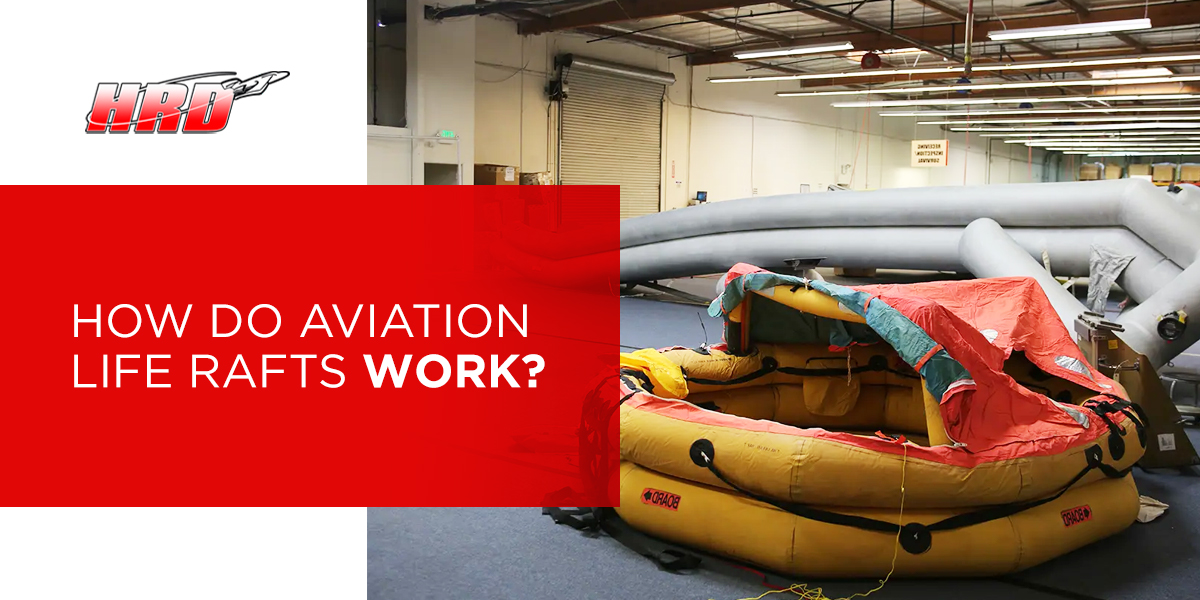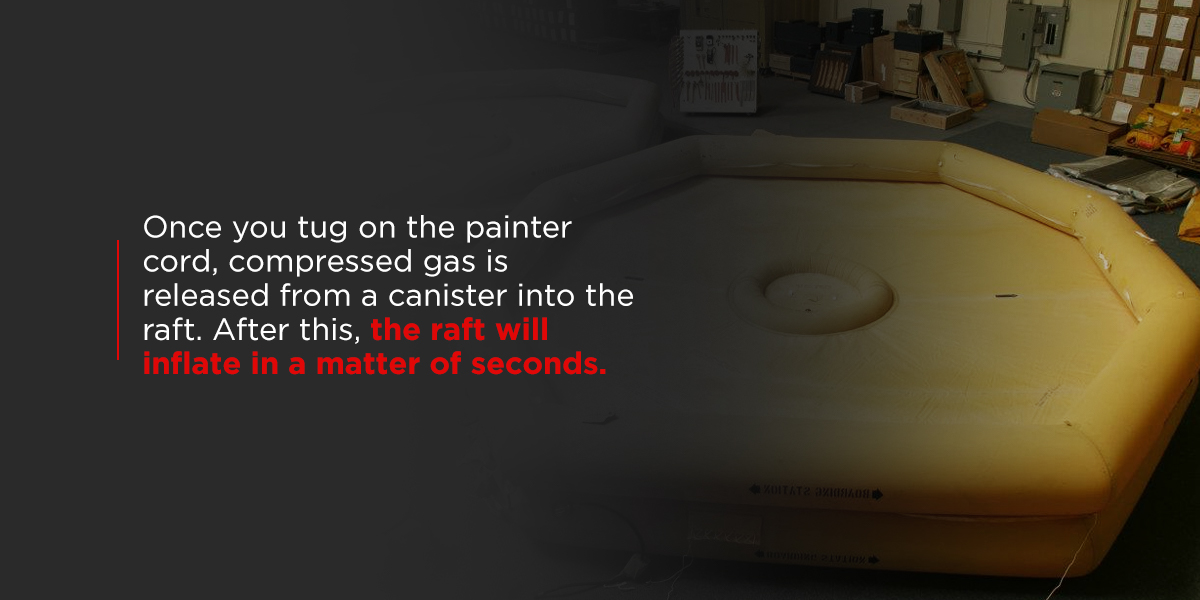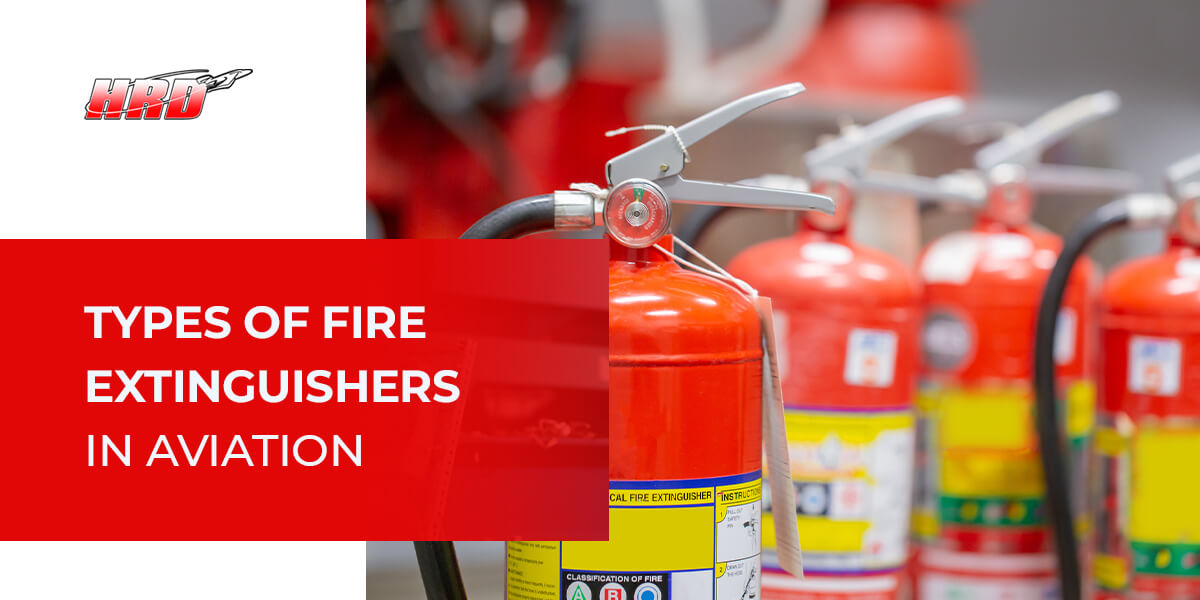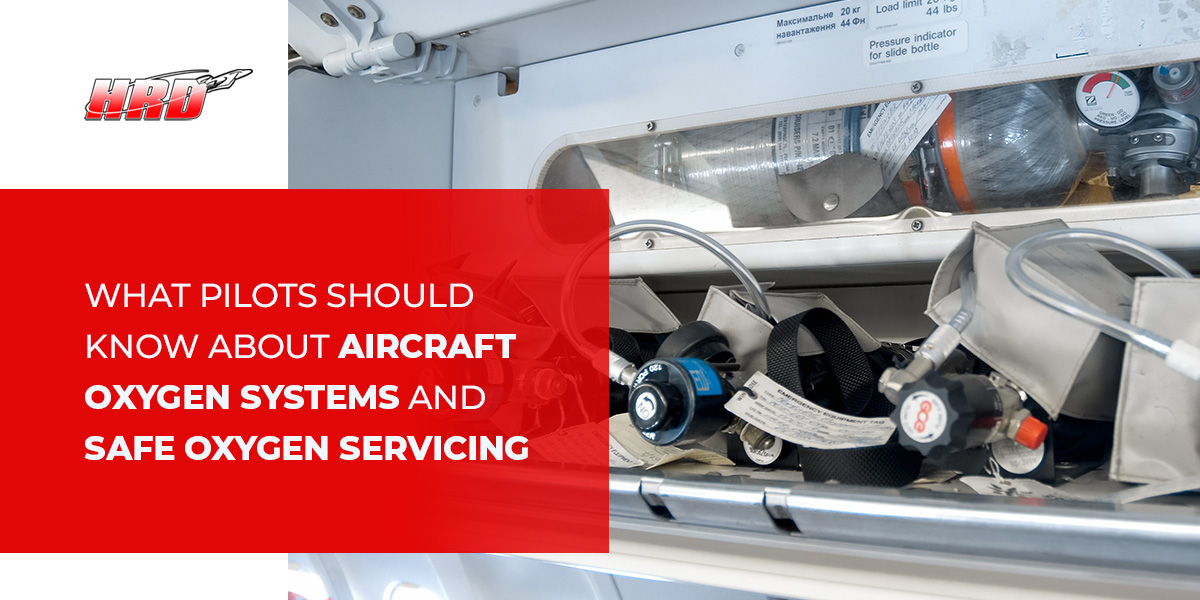How Do Aviation Life Rafts Work?
If you’re on an airplane, you can rest assured that aircraft life rafts will be onboard with you in all-weather carry cases made of plastic, fiberglass containers or canvas holdalls. But how do these life rafts stay strong enough to keep you safe? They’re typically made of material that resists corrosion and abrasion, such as polyurethane-coated nylon.
Parts of Inflatable Life Rafts
There are many important parts to an inflatable life raft. If you’re going to be using one, it’s a good idea to get familiar with each part:
- Canopy: The canopy provides the person using the life raft with protection from the wind, sea spray and rain. It’s typically made from a tough, coated rubber material.
- Boarding ladder: Made from nylon straps, the boarding ladder is typically attached to the side of the raft and is to help passengers gain access to the opening of the life raft.
- Inflation system: If you have a life raft that needs to be inflated manually, it will have a cord for you to pull on. This cord is called a painter, it fires the reservoir filled with co2 gas which triggers the aspirators to pull in the ambient air which fills the buoyancy chambers of the raft. Once the gas is released, the raft will begin to inflate.
- Exterior lights: If you’re using a life raft, you may need to be rescued. The exterior lights on a life raft makes this rescuing easier.
- Emergency Locator Transmitter (ELT): In the event of an aircraft accident, these devices are designed to transmit a distress signal on 121.5 and 243.0 MHz frequencies. Not all rafts contain an ELT, but there is always one required for any US-registered civil aircraft.
- Arch tubes: Arch tubes are inflatable, structural arches. The part of the life raft that inflates these tubes is the upper buoyancy chamber. Keep in mind, that there are also non-ret valves that make it so the essential frame of your raft won’t collapse even if the upper buoyancy chamber bursts.
- Exterior and interior lifelines: If you’re using the life raft in bad weather, the exterior and interior lifelines are there for you to hold onto. Along with these lifelines, will be a sea anchor, buoyant knife and rescue quoit on the outside of the raft.
- Buoyancy chambers: In case there is a puncture, there are two inflatable floors that can be deflated and pumped up manually.
- Ballast compartments: Ballast compartments weigh the life raft down to prevent it from capsizing. These compartments have bags with large holes in the top that allow them to fill up with seawater quickly.
What Deploys an Emergency Raft?
To begin the deployment of an emergency raft, you throw it out of the airplanes door or overwing. Once you tug on the painter cord, compressed gas is released from the reservoir through the aspirators which pull in the ambient air utilizing the venturi effect. After this, the raft will inflate in a matter of seconds.
Emergency rafts can also be deployed by using hydrostatic release units. These function by sealing the life raft container to the deck of the vessel you’re on. Once the vessel you were on starts to sink, the water pressure triggers the hydrostatic release units to sever the tie between the life raft and the deck of the vessel.
In general, these are the steps to take when using an aviation life raft:
- Make sure you have your life vest on.
- Collect any essential gear you may need to take with you on the raft.
- Remove your life raft from where it is being stored and place it by an open door.
- Hold onto a painter line or inflation lanyard.
- While holding onto the painter line or inflation lanyard, throw the life raft overboard.
- Pull the lanyard out until you’ve hit about six feet.
- Tug on the lanyard quickly and sharply to pull the inflator pin, which will begin the inflation process.
- After the inflation process is complete, board your life raft and erect its canopy if it has one.
This process may differ slightly depending on the brand of life raft you’re using.
How Are They Maintained?
Regular inspections are crucial to maintaining your life raft. Let’s explore what particular parts of a life raft you should inspect and what you should be looking for:
- Look for any tears in the raft.
- Next Service Date – check that the raft is within its service limits which will ensure all items are functioning properly.
- Check the gauge of the reservoir to ensure the unit hasn’t leaked.
Maintenance that requires a trained professional:
- Pressure testing the raft to ensure there are no leaks in it or no porosity in the fabric, also referred to as an Air Retention test.
- Check function of aspirators and pressure relief valves.
- Check all lights/batteries on the raft are working and ensure battery life will meet the life of the overhaul.
When Do Aircraft Life Rafts Need to Be Replaced?
While aircraft life rafts are highly durable, eventually, they can wear out due to usage or aging fabric/glue. Here are some of the signs that your life raft might need to be replaced:
- For corporate jet life rafts, ensure you have the correct capacity life raft for the number of passengers you have in flight.
- Aged life raft – any life raft over 15 years is susceptible to porosity in the fabric or leaks at the seams due to the age of the glue, it’s recommended these units be inspected annually.
- If they do not pass the CMM testing requirements the unit will no longer be serviceable and need to be replaced.
Contact Us at HRD Aero Systems
At HRD Aero Systems, we can tailor solutions to fit your needs. With over 37 years of experience, we’re here to repair, maintain and inspect any inflatable device you may have so that it lasts as long as possible for you.
If you want to know more about us and our services as well as what we can do for you, give us a call at 661-407-2772 or fill out our online contact form.








